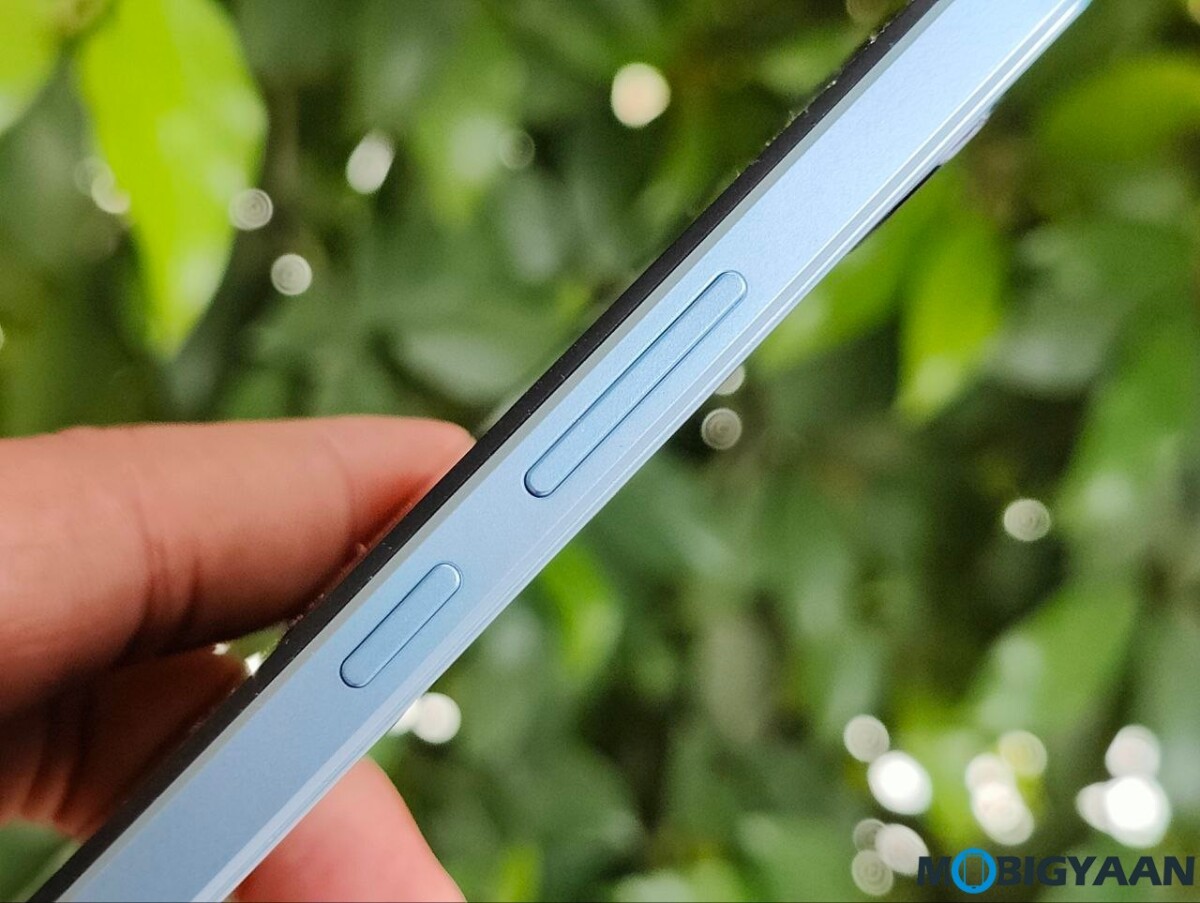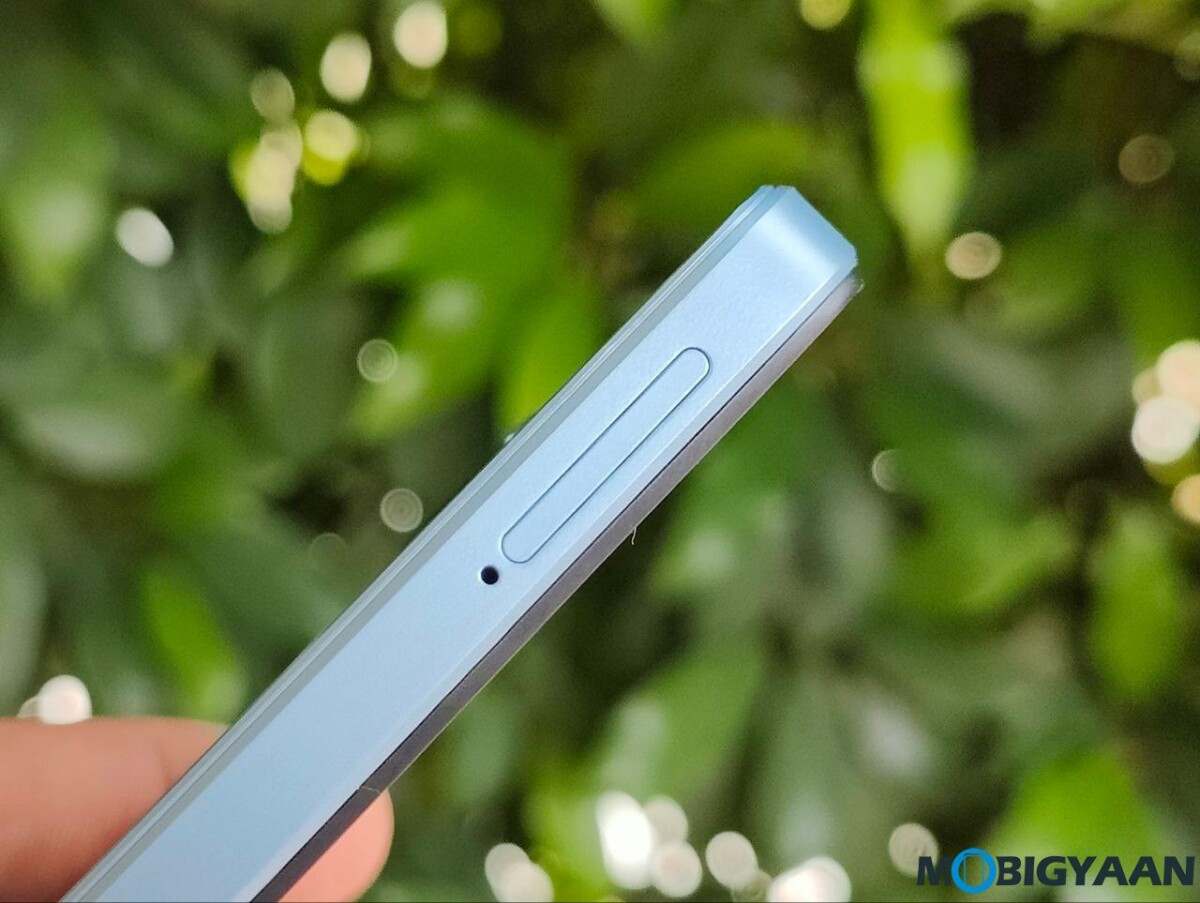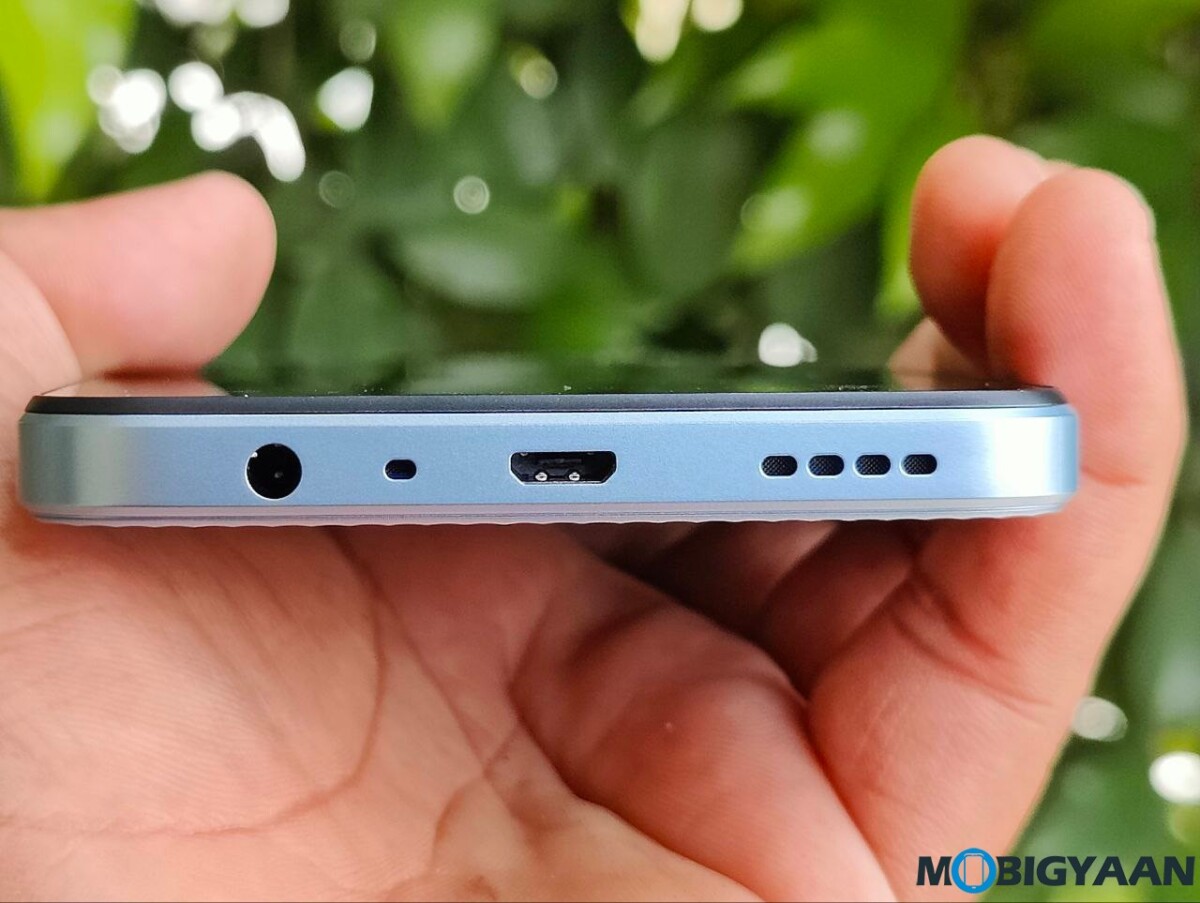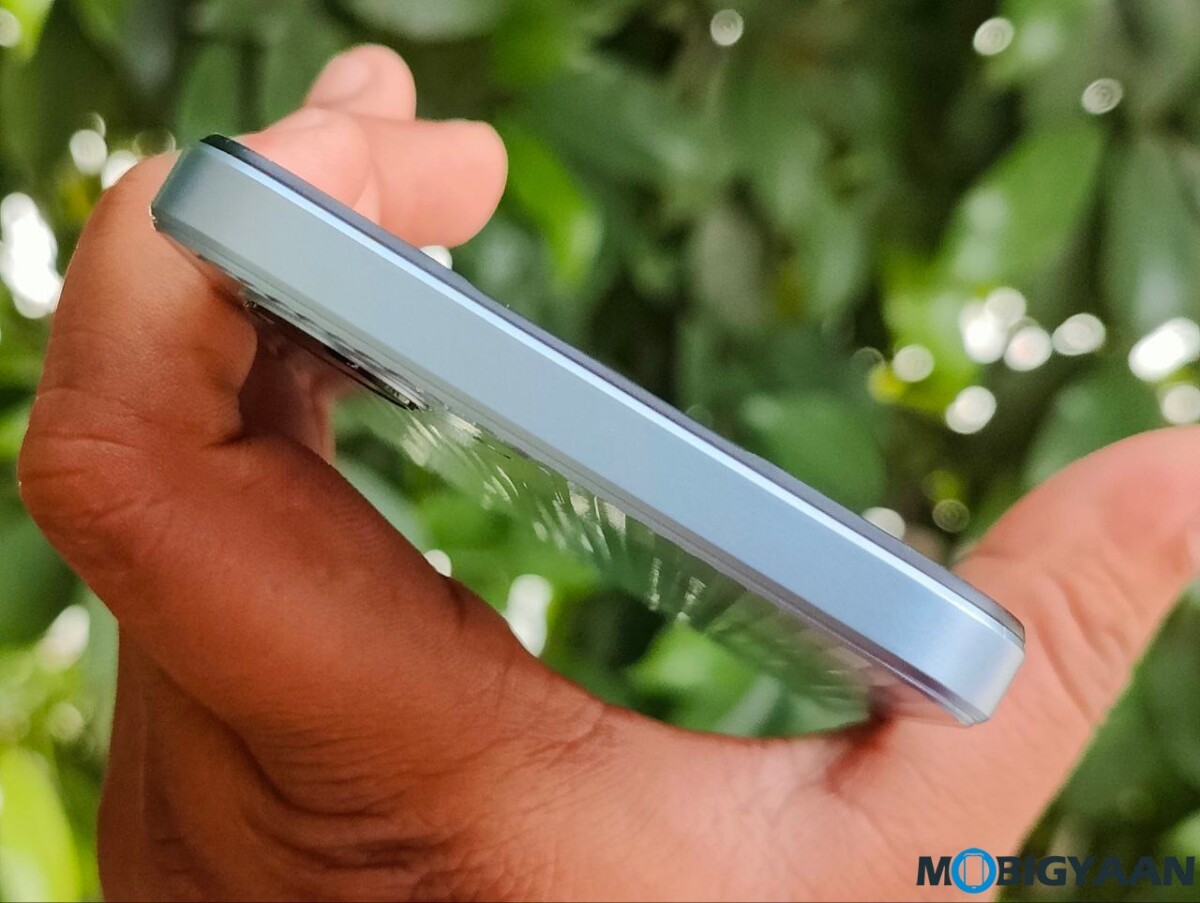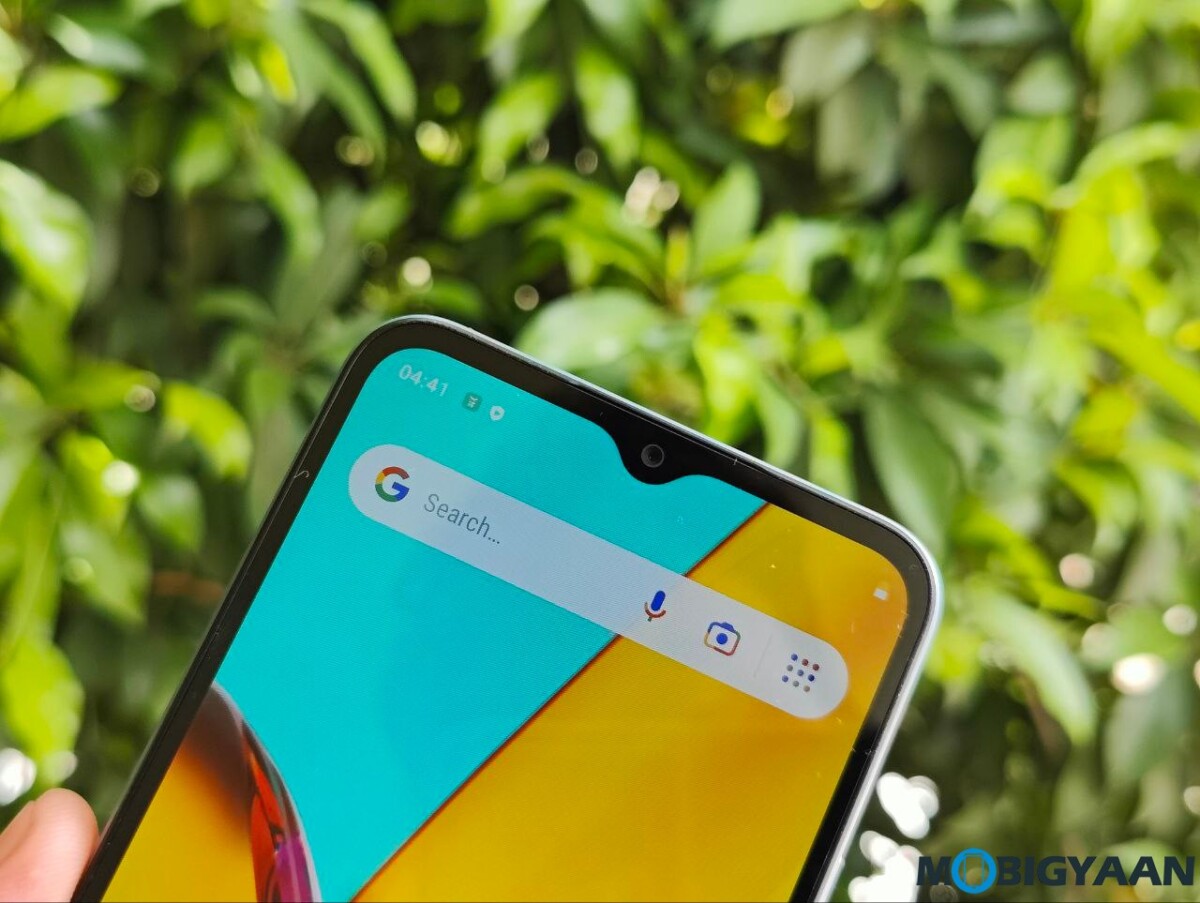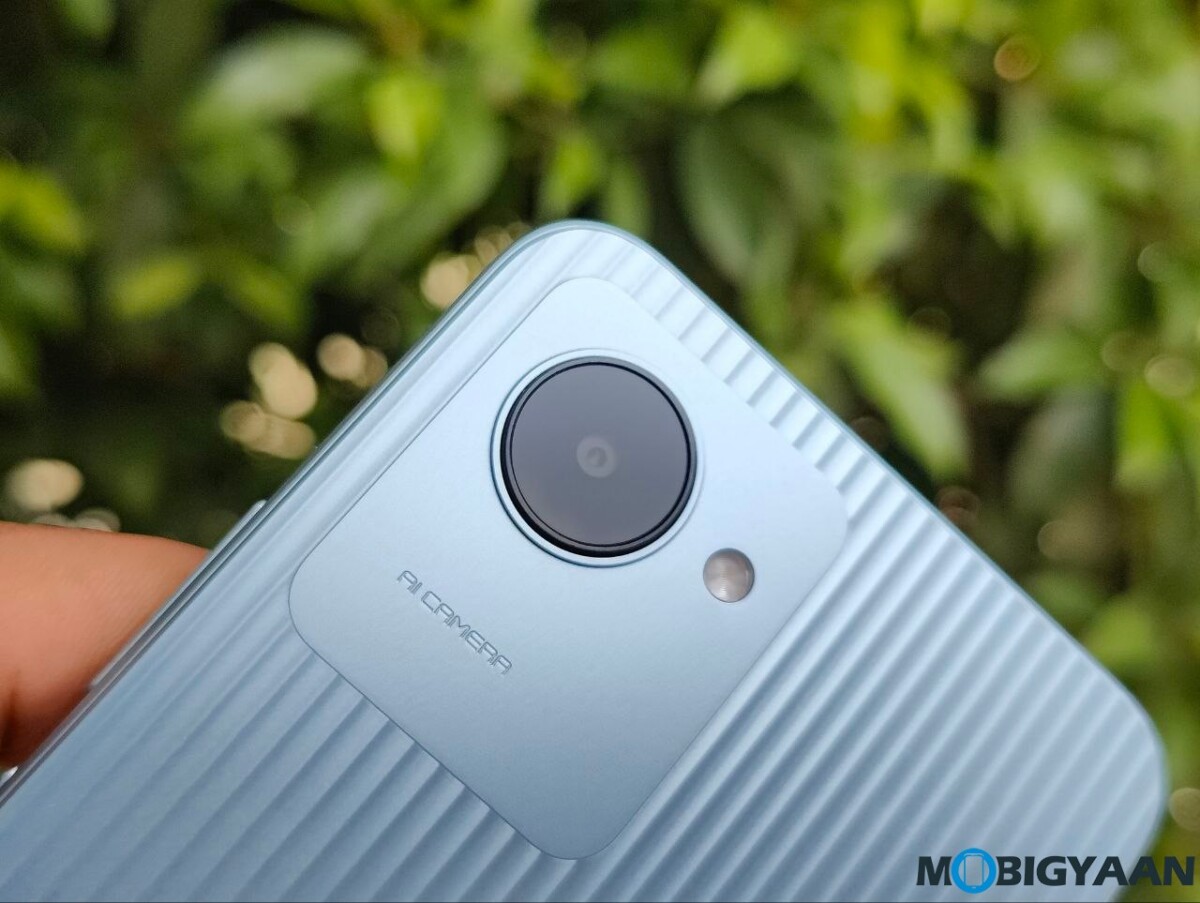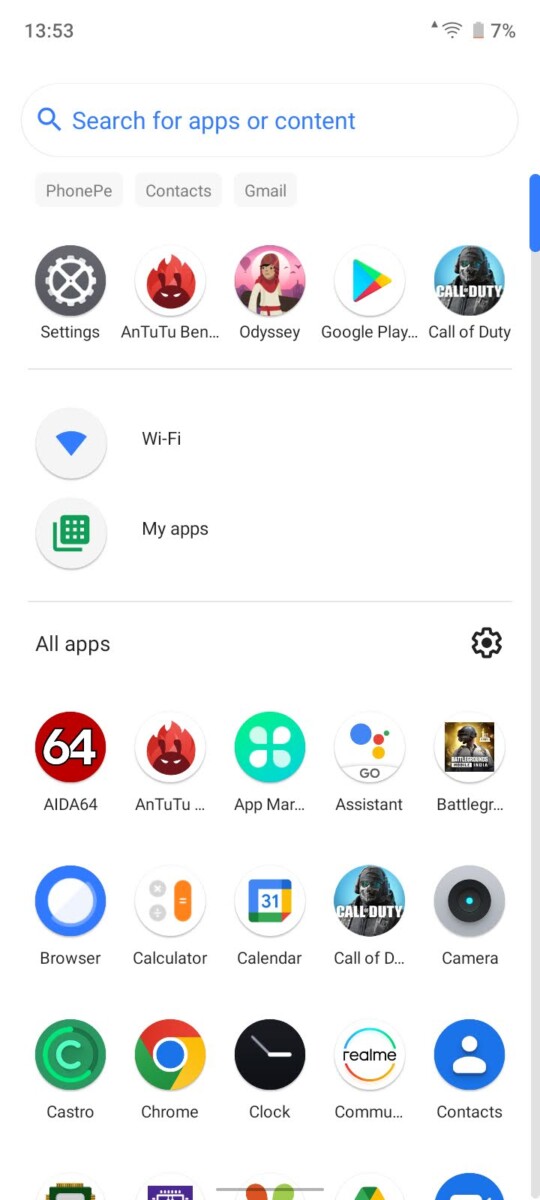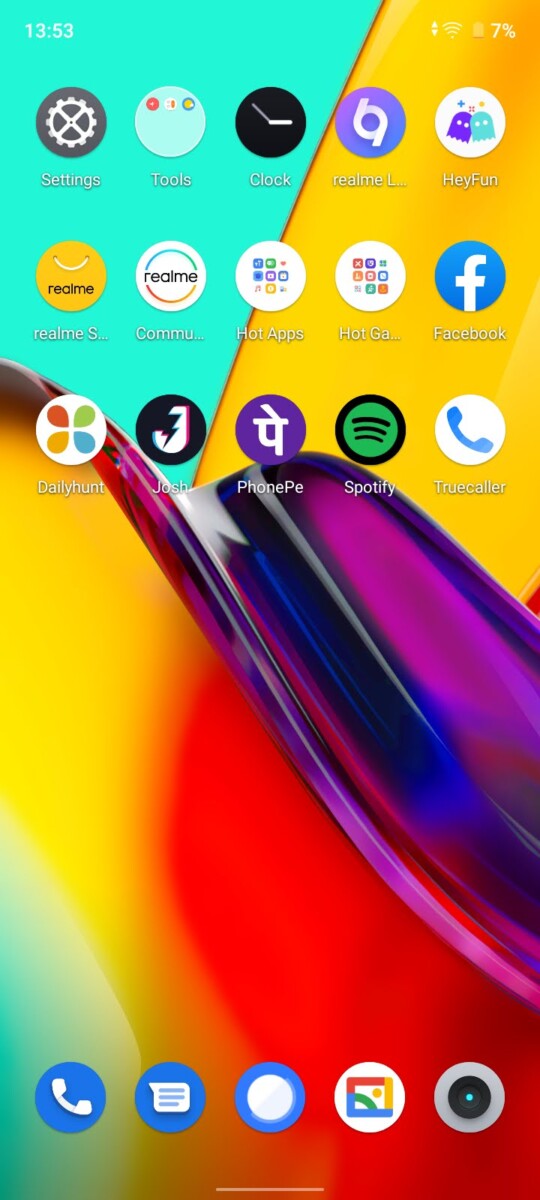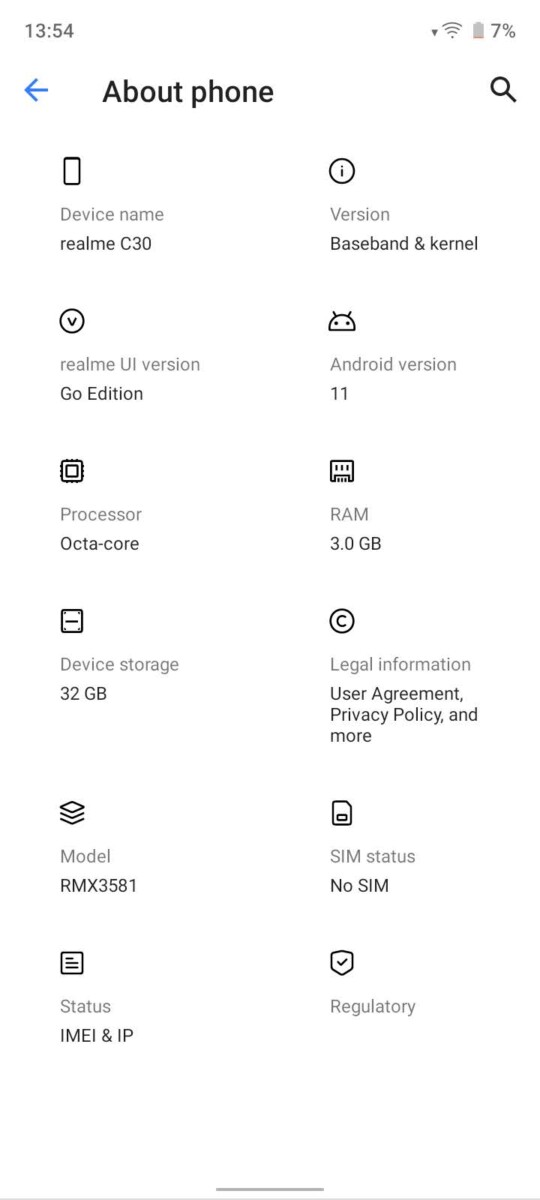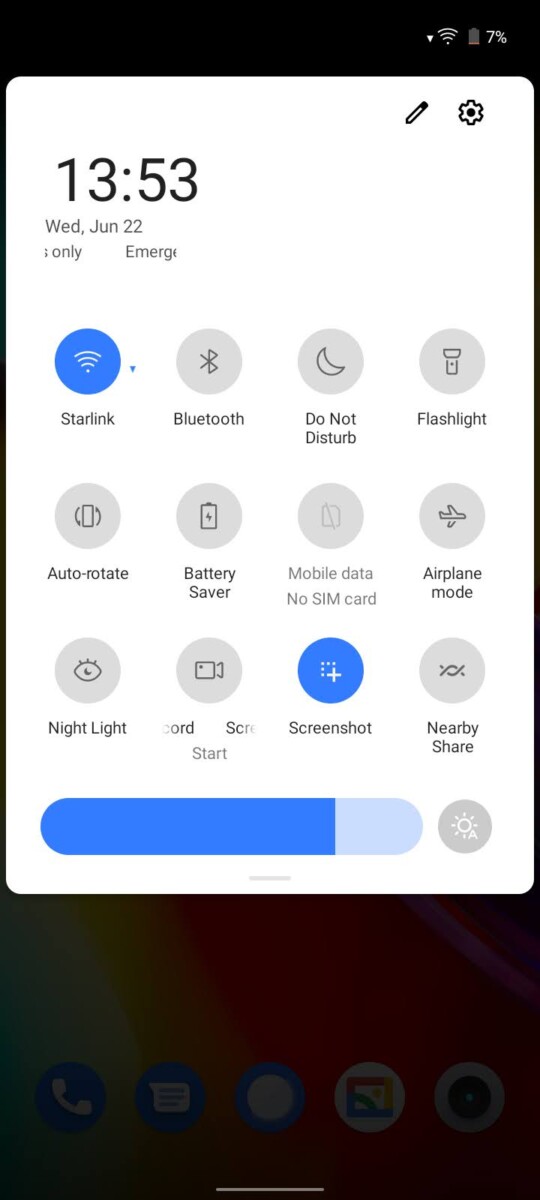Almost a few months after Realme unveiled its mid-range offerings, the Realme C35 and C31 in India, the Chinese smartphone maker has now launched the Realme C30 that even undercuts the Realme C31 in terms of its pricing and features.
That said, here’s an in-depth review and closer look at Realme’s newly launched entry level smartphone, the Realme C30.
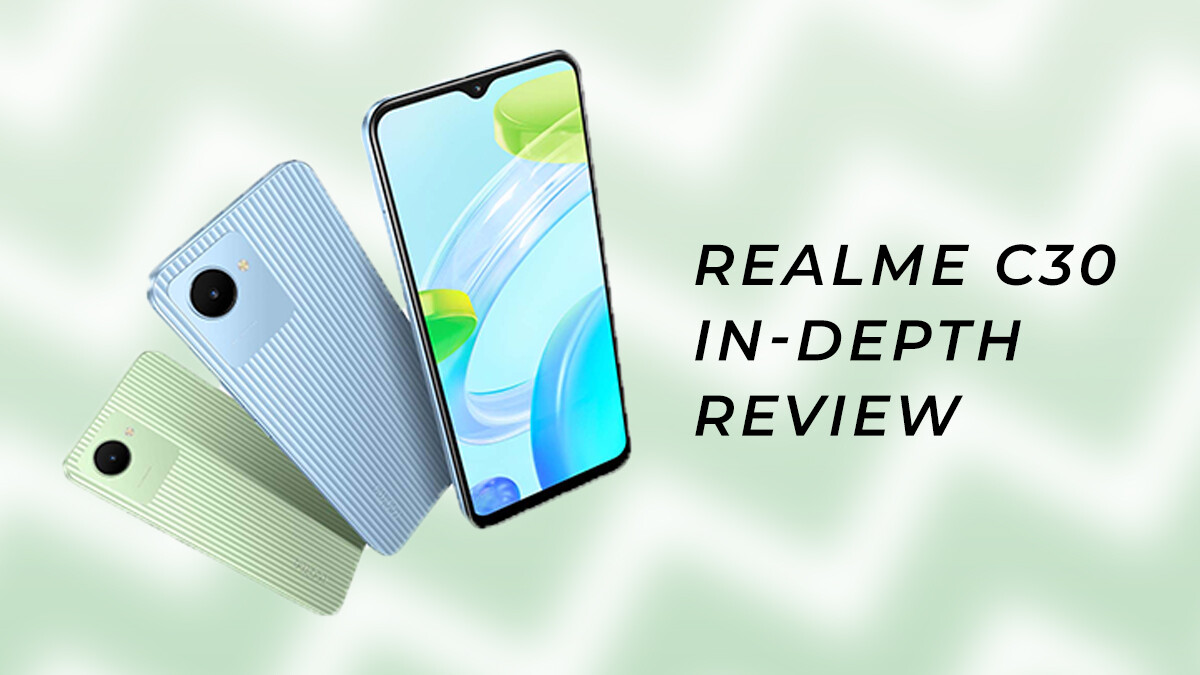
Realme C30 Specifications
- Display: 6.5-inch HD+ (720×1,600 pixels) IPS LCD panel running at 60Hz of refresh rate
- Software: Realme UI based on Android 11
- CPU: 12nm Unisoc Tiger T612 (2x Cortex A75 cores clocked at 1.8 GHz + 6x Cortex A55 cores clocked at 1.8 GHz)
- GPU: ARM Mali G52MP1 GPU clocked at 614 MHz
- Memory: 2GB or 3GB of LPDDR4x RAM
- Storage: 32GB of UFS 2.2 internal storage + 1TB of expandable storage via MicroSD Card slot
- Rear Camera: 8MP f/2.0 & LED flash
- Selfie Camera: 5MP f/2.2
- Cellular: Support for seven 4G bands and dual SIM standby
- Battery: 5000mAh Lithium-ion battery
- Charging: 10W charging via MicroUSB port (adapter included in the box)
- Weight & Thickness: 182g and 8.5mm respectively
- Price: ₹8,299 (3GB RAM + 32GB Storage), ₹7,499 (2GB RAM + 32GB Storage)
- What’s in the box?: Realme C30 handset, 10W power adapter, USB-A to MicroUSB cable, sim ejector & some paperwork
- Availability: Flipkart, Realme Store
Design, Display & Build Quality
Kicking things off with its design and build quality, the Realme C30 feels pretty sturdy for an entry-level smartphone while looking great. This is in part due to its Vertical Stripe Design back panel that makes it really nice to hold while adding to the aesthetic value, and a sturdy yet lightweight plastic body that weighs in at just 182grams.
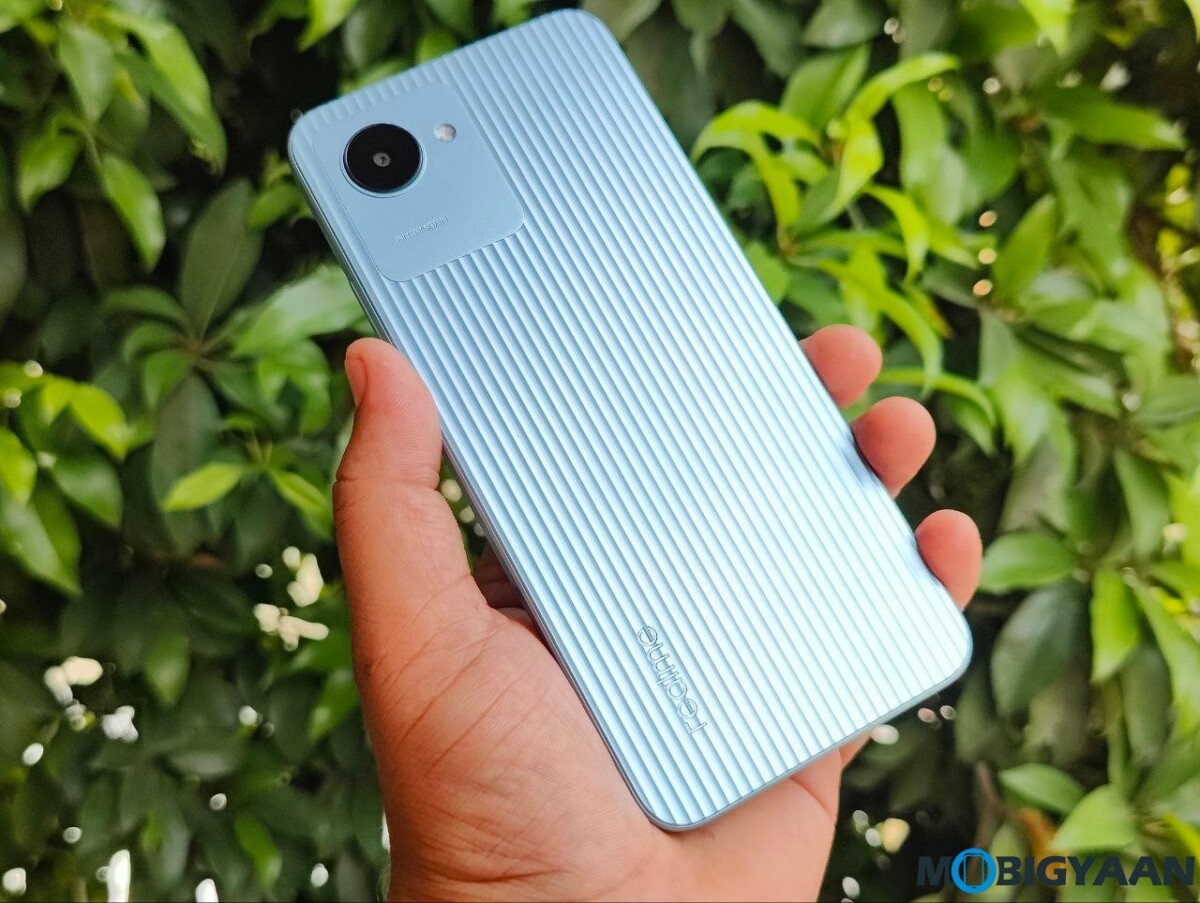
Coming to the sides, the Realme C30’s flat edged frame. that is just 8.5mm thick offers a volume rocker and a power button along the right edge. Whereas there’s a triple sim slot along the left edge of the device which unlike a hybrid sim slot allows users to use both the sim dual-slots as well as an SD card for storage expansion at the same time.
On the other hand, unlike the top edge that offers nothing, the bottom edge of the device features ann MicroUSB slot for charging along with a 3.5mm headphone jack, a speaker, and a microphone.
Build quality and aesthetic value aside, we get a 6.5-inch LCD display up front which as you would expect from a device at this price range, only supports resolutions and refresh rates up to HD+ (720×1,600 pixels) and 60Hz respectively. However, to Realme’s credit the display gets kinda bright at 400 nits and offers a screen to body ratio of 88.7%.
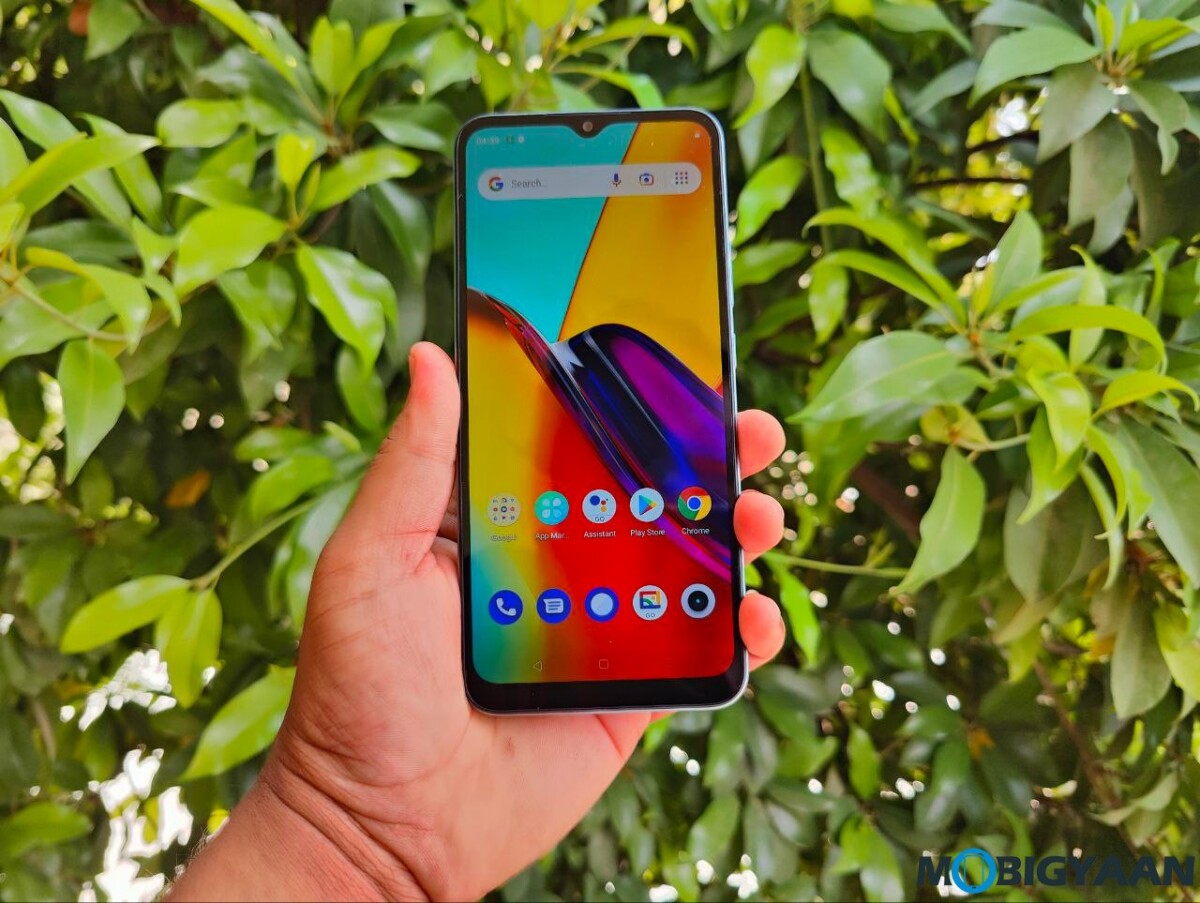
Hardware & Overall Performance
In terms of its hardware and overall performance, the Realme C30 comes with a Unisoc Tiger T612 chipset paired with either 2GB or 3GB of LPDDR4X RAM and 32GB of UFS 2.2 storage which can be expanded up to 1TB using its dedicated SD Card slot.
Emphasis on the entry level octa-core SoC, the Unisoc Tiger T612 consists of two fast ARM Cortex A75 cores and six power efficient ARM Cortex A55 cores all running at a maximum clock speed of 1.82 GHz.
The CPU in our testing was able to deliver smooth and responsive performance in day to day tasks such as browsing the internet or watching YouTube videos. As for its gaming performance we were able to run gaming titles including PUBG/BGMI and Call of Duty Mobile pretty smoothly but it should be noted that the device got pretty toasty pretty quickly with temperatures going as high as 40°C.
Battery Life & Charging
As for its charging and battery life, the Realme C30 comes with a pretty large 5000mAh lithium-ion battery that in our testing was only able to deliver around 5 hours and 30 minutes of screen time which is kind of strange given that other smartphones with 5000mAh battery that we’ve tested before offered screen time that is well over 7 hours. However, if it was to be used moderately with light workloads and brightness set to medium we can expect the device to reach the 7 hour mark pretty easily.
Meanwhile, the phone also doesn’t support any kind of fast charging with its MicroUSB port and comes with a normal 10W power adapter in the box anlongside a MicroUSB to USB-A cable.
Camera Setup & Its Performance
Camera wise, the Realme C30 comes with a pretty minimal hardware setup which includes a single 8MP f/2.0 rear and a 5MP f/2.2 selfie camera that is housed within a teardrop notch.
Camera hardware aside, the Realme C30 supports multiple camera modes including HDR, panorama, portrait, timelapse and more as well as video recording at 1080p 30fps using its rear and 720p 30fps using its front-facing cameras.
Though pretty minuscule for 2022 standards, in our testing the cameras found on the Realme C30 delivered surprising results with pretty good colour reproduction and sharpness as you can see in the camera Samples below:
Software & User Interface
Coming to its software and user interface, the Realme C30 ships with Realme UI Go running on top of Android 11 out of the box with no disclosure regarding its update schedule. Meanwhile Although its based off of Realme UI its execution feels a bit lacklustre as it drops many of its signature features in favour of a more stock Android UI feel that feels a bit out of place when placed along with elements from Realme UI.
Visuals aside, the operating system still feels pretty responsive at its core, and doesn’t try to invade your privacy or hit you with a tonne of uninstallable junk except around 10 to 13 unnecessary apps which can be removed easily.
Final Verdict
Now that we have thoroughly tested and taken a look at all the features and specifications of the newly launched Realme C30 we would honestly give it a score of 6 out of 10 and would recommend it to you, only if you can’t afford to go a bit over budget, mainly because although the phone feels and performs great in all aspects, the lack of a fingerprint scanner and the inclusion MicroUSB port on a smartphone in 2022 is a pretty big turnoff. Apart from the convenience of USB-C, MicroUSB ports tend to offer much slower charging as well as data transfer speeds compared to the former.

